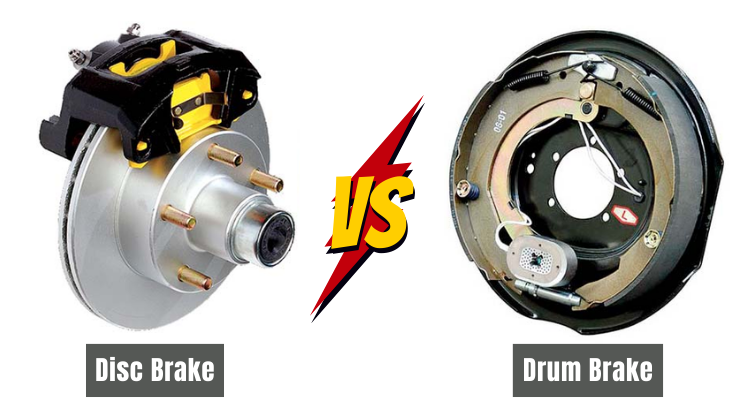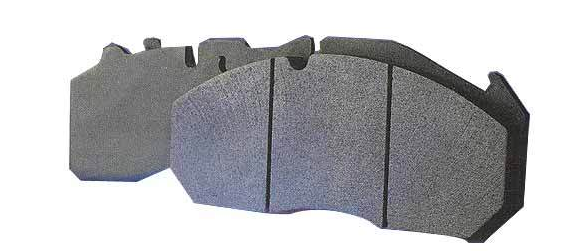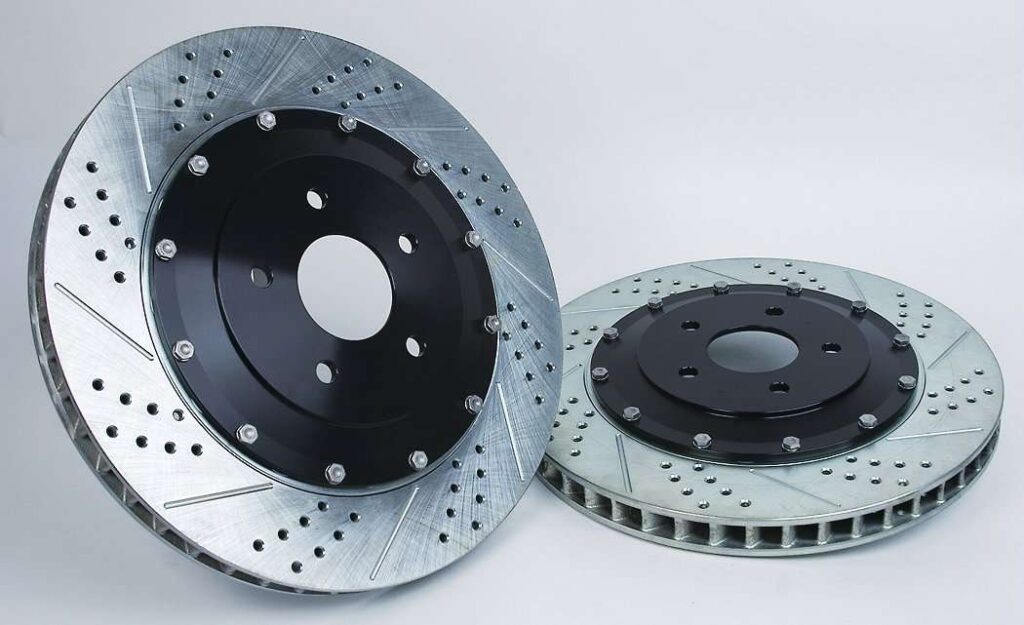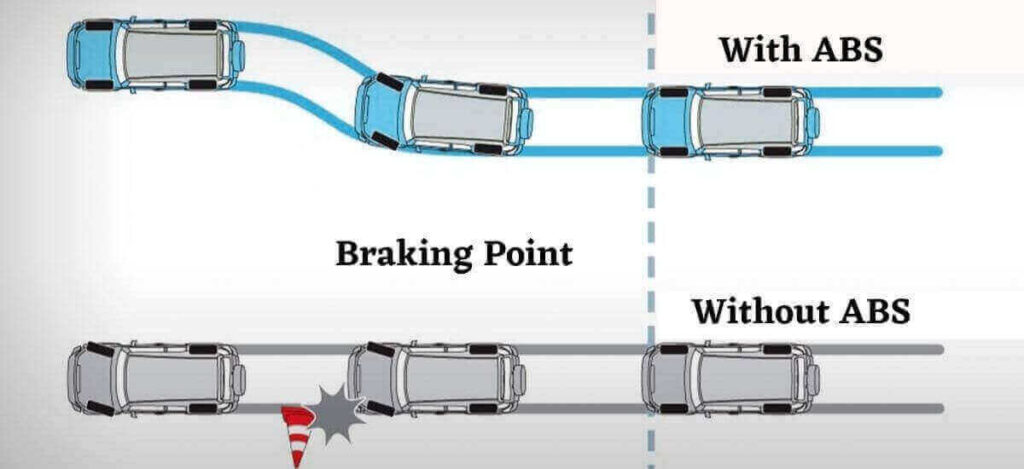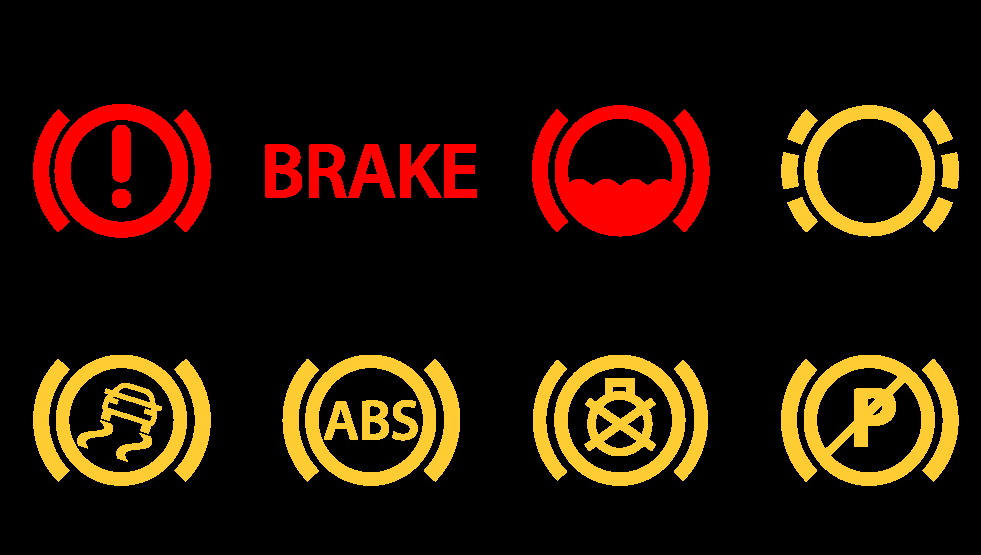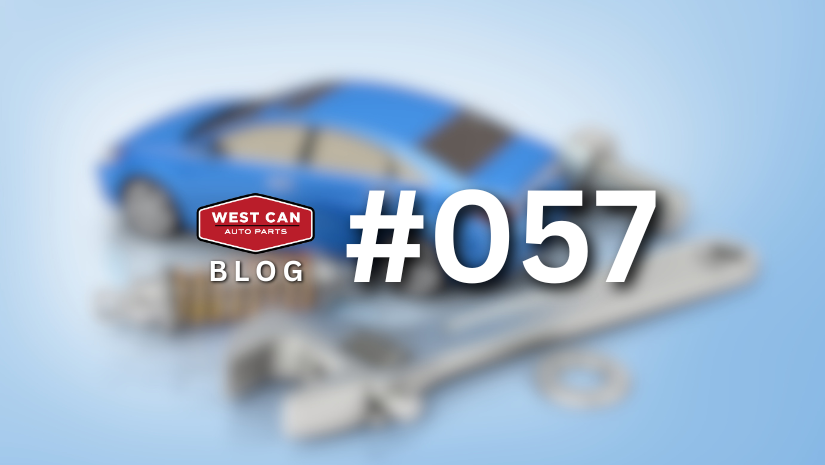
Similar Posts
4 TIPS FOR CHOOSING THE RIGHT CAR PARTS
Sharing is CaringAutomobiles are one of the expensive leisure that many people purchase but now a days , it become a necessity for many people. and every car have their certain limitations and maintenance. When it comes to maintenance choosing the right parts is a vital factor in the performance of your automobiles. Here are…

Choosing the Best Front & Rear Shocks for Your Ford F-150
Sharing is CaringThe Ford F150 is a legendary pickup truck known for its durability, versatility, and performance. Whether you use your F150 for daily commuting, heavy-duty towing, off-roading, or all of the above, having the right shocks is essential for maintaining ride quality and handling. The right shocks can significantly improve your truck’s performance, comfort,…

Classic vs. Modern: Auto Parts That Changed the Way We Drive
Sharing is CaringThe automotive industry has always been a reflection of innovation. From the earliest cars with purely mechanical systems to today’s vehicles filled with sensors and electronics, auto parts have continuously evolved to enhance performance, safety, efficiency, and comfort. This journey from classic parts to modern technology has not only reshaped how vehicles operate…
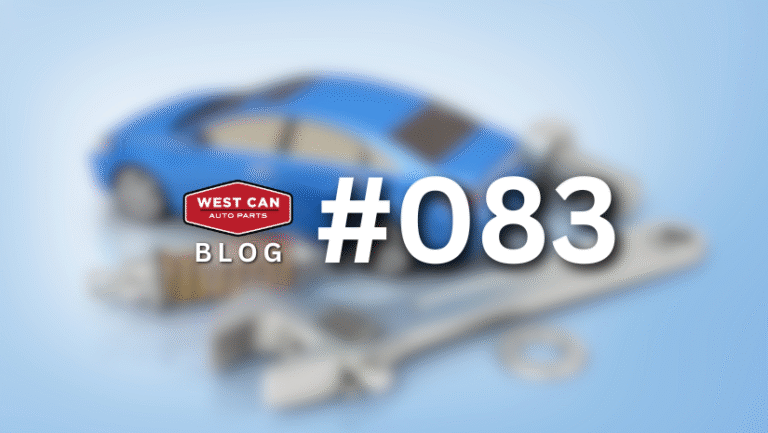
Keep Your Toyota Corolla in Top Shape: Smart Maintenance & Replacement Guide
Sharing is CaringThe Toyota Corolla has earned its reputation as one of Canada’s most dependable and fuel-efficient sedans. But even a car known for reliability needs care — especially when faced with harsh Canadian winters, road salt, and long commutes. Whether you’re preparing for snow, doing a quick DIY inspection, or simply trying to extend…
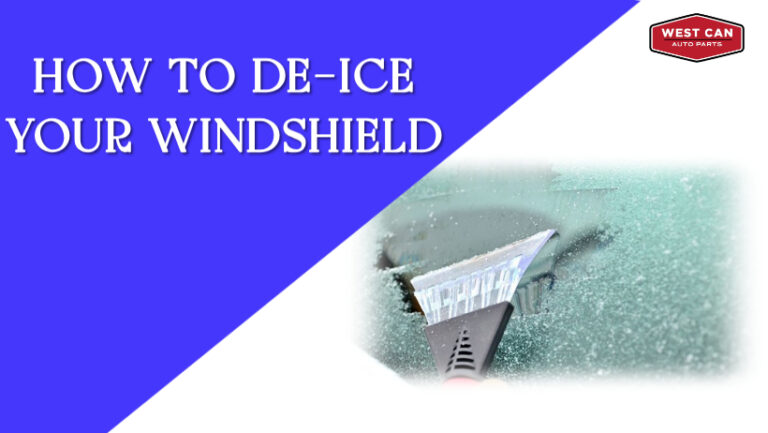
How to De-Ice Your Windshield Like a Pro: Quick Tips for Mornings in the Minus 30s
Sharing is CaringWaking up to a windshield covered in ice and frost is a regular challenge during Canadian winters, especially when temperatures plummet to minus 30°C. De-icing your windshield quickly and effectively can save you time and frustration while ensuring safer driving conditions. Here are some expert tips to help you handle frosty mornings like…

Why Proper Lubrication is Key for Heavy-Duty Equipment
Sharing is CaringThe Role of Lubrication in Heavy-Duty Equipment Heavy-duty equipment, whether used in construction, agriculture, trucking, or industrial applications, operates under extreme conditions. These machines endure high loads, intense friction, and exposure to harsh environments, making proper lubrication essential for their performance and longevity. Benefits of Proper Lubrication 1. Reduces Friction and Wear Lubricants…



